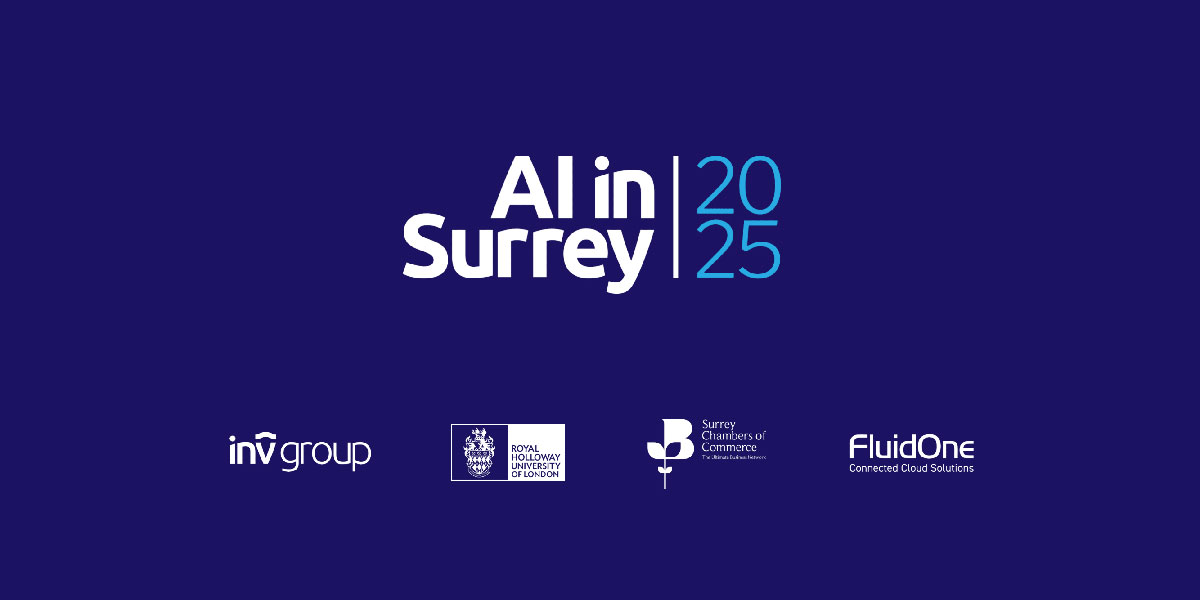In recent months I have been getting very frustrated in discussions about digitization and digital transformation. Too often I have been finding that much of the conversation feels like two people talking at each other with little in common and no shared perspective to support a meaningful dialogue. I am sure their questions are important, yet on the few occasions that I understand what they are asking, they don’t understand my answer. There is a definite failure to communicate.
Sometimes the only way forward is to go back to the beginning. In my case, that means returning to my roots when I spent a lot of time exploring the large-scale adoption of digital technology at the Software Engineering Institute (SEI). A primary focus at the SEI was to define a series of “Capability Maturity Models” that helped to establish a baseline and roadmap that organizations can use to understand their approach to large-scale software development and delivery.
Why Maturity Models Matter
The context for maturity models is quite straightforward. A core set of criteria is used to define the capabilities required for success in a given domain. Based on observation and experience, the pathway to success requires demonstrating and increasing your skills in combinations of these capabilities. In this way, individuals, teams, and organizations can assess their progress over time.
Yes, I know that maturity models can be misused. As Martin Fowler wrote some time ago, too often people see them as fixed checklists and use them to enforce rigorous conformance frameworks. This can lead to all kinds of shenanigans as consultants and certification bodies vie to help organizations boost their maturity levels to make them more attractive to their potential funders and clients. Rather, Fowler highlights that they are at their best when “the outcome of a maturity model assessment isn’t what level you are but the list of things you need to work on to improve. Your current level is merely a piece of intermediate work in order to determine the list of skills to acquire next”. I fully agree.
In my experience, perhaps an even more important role that a maturity model can play is bringing a common language and set of concepts to an emerging domain. The framework provides structure to discussions among those seeking to share ideas, align strategies, and engage in coordinated activities. Given my recent conversations, this is what interests me when considering the constituents of a Digitization Maturity Model. Let’s see where this approach can take us.
A Digitization Maturity Model for Large Established Organizations (LEOs)
There is now wide adoption and use of terms such as “digitization”, “digitalization” and “digital transformation”. In some cases, attempts are made to define and distinguish these terms. However, more often they are used rather loosely and interchangeably to indicate the use of digital technology in a wide variety of situations to achieve a (largely unstated) set of goals. Rather than argue over terminology, lets simplify the discussion to refer to all of these efforts simply as “digitization” of one form or another distinguished by the target, focus, impact, and outcomes that are achieved.
Over the past 20 years, I have worked with dozens of organizations to introduce specific digital technology innovations, to support widescale digital technology adoption, and to accelerate the change of behaviours that are required to take advantage of these digital enhancements. Working primarily with Large Established Organizations (LEOs) in multi-year transformational scenarios, I have observed 5 key approaches to digitization.
While it is tempting to see these as “stages” or “levels” of maturity in an organization, in practice they are best viewed as strategic patterns of digitization for LEOs. In this sense, the patterns are used to represent best practices extracted from observations and experiences with these organizations. These strategic patterns define, motivate, and explain a generalizable way of working that highlights a recurring strategy for digitization. It describes the approach and brings focus to the key ideas guiding its realization.
There are 5 patterns of digitization in LEOs
1. Digitizing the Paper
The most obvious place to start in digitization is frequently to focus on automation of manual tasks by moving away from a paper-based environment to digitize the workplace. This is seen in mandates to move to the “paperless office” and the switch to online digitized channels for tasks such as scheduling, booking appointments, and communicating with clients. The goal of digitization is to reduce costs by eliminating manual effort involved in interventions to deal with errors and repetitive processing of routine tasks. For example, in an educational scenario, the registration to attend a course would be digitized to reduce the effort to on-board students. However, all aspects of delivery would remain face-to-face.
2. Digitizing the Process
The digitization of processes aims to improve the operational experience for those working within the organization by bringing digital techniques to management tasks. The speed of performing an end-to-end process is optimized through the use of digital technologies. A great deal of attention is placed on the use of digital visualizations of the status and next steps in a process. In education, for example, timetables and class schedules would be digitized to align students and educators. Digitizing the core educational processes ensures that these are kept up-to-date when course delivery times are adjusted.
3. Digitizing the Product
A substantial shift occurs when the product being delivered is digitized. Not only are processes affected, but the replacement of physical artefacts by digital assets changes how they are created, stored, transmitted, and analyzed. The quality of the customer experience is significantly improved with digital products through much greater opportunity to increase personalization, improve targeting, enhance predictive analysis, and manage access to services. There is an emphasis on optimizing the flow of digital assets among stakeholders to continuously improve the quality of the product and the clients’ experience of its use. For education, this is seen in digitized courses that allow remote access to learning materials and personalization of the learning experience.
4. Digitizing the People
The role of people is frequently enhanced through digitization and requires attention to ensure they effectively learn how to adjust to new ways of working. Most often, the aim is to increase consistency in how digital technologies are used and applied to benefit individuals and the organization alike. This is accomplished through digitally connected communities of practice and on-demand online delivery approaches to education to improve the skills across all functions in the organization. For educational delivery scenarios, this can be seen in the way that educators are improving their skills to become more adept at delivering online courses. From initial attempts to record lectures and create virtual classrooms, educators are now learning to redesign their materials for new ways of learning in a digital environment.
5. Digitizing the Paradigm
Digitization is often viewed as a disruptive force that challenges conventional ways of working. In many industries and domains, existing paradigms are reconsidered with the adoption of digital technologies. Critical questions about the role and purpose of the organization in a digital world require deep consideration of the kind of value that is being created, who receives that value, and where the organization participates in the value exchange. A key focus is how digitization impacts the experience for stakeholders and how to convert that experience into a meaningful outcome conveyed through a viable business model. In delivering educational experiences, for example, the value received by students varies significantly based on their context and needs. The challenge is not how to build more online courses. Rather, the move to online delivery is encouraging greater use of short, just-in-time educational offerings in a variety of formats with significant use of learning analytics to manage their effects on each learner and to adjust that experience based on real-time feedback.
Summary
Adopting digital technology and moving to digital ways of working requires focus and planning. Too often today I find conversations about digitization to be unsatisfying and frustrating. They address such a wide collection of ideas and experiences that it is almost impossible to build a meaningful dialogue.
Based on my experiences over the past few years, here is a simple set of 5 patterns of digitization in LEOs that I have seen that characterize the strategies in use and highlight the focus of the transformation journeys they are undertaking. Try them out and see if they help you gain insight into today’s digital technology adoption approaches.







